Code
HCS33340
Weight
160 gm / 0.35 lbs
Size
Height
10cm (4") Width
6cm (2") Depth
4cm (2") Material
Copper
Availability
Available

Safe Payment
We accept Paypal, Money Transfer, Bank Transfer
Confidence
Protection covers your purchase and personal data.
Worldwide Delivery
We ship Worldwide, except Russia.Shipping cost US$25.2 for upto 0.5 kgs

Hotline
Talk to help line for your question on 9841267335About Color Finishing
The [vajrayogini], Buddhist Miniature Statue, [high Quality], [traditional Color Finishing], [high Quality] is adorned with traditional colors, creating a captivating aesthetic through a combination of gold and various hues. This painting technique follows a time-honored process that aims to faithfully represent the [vajrayogini], Buddhist Miniature Statue, [high Quality], [traditional Color Finishing], [high Quality] in accordance with traditional color descriptions. In the context of Buddhist statues, this approach holds great significance. Each statue has its own primary color, and it is crucial to depict the statue in its authentic shade. Read More . . .
The [vajrayogini], Buddhist Miniature Statue, [high Quality], [traditional Color Finishing], [high Quality] is adorned with traditional colors, creating a captivating aesthetic through a combination of gold and various hues. This painting technique follows a time-honored process that aims to faithfully represent the [vajrayogini], Buddhist Miniature Statue, [high Quality], [traditional Color Finishing], [high Quality] in accordance with traditional color descriptions. In the context of Buddhist statues, this approach holds great significance. Each statue has its own primary color, and it is crucial to depict the statue in its authentic shade. Read More . . .
Ceramic Molding System
The [vajrayogini], Buddhist Miniature Statue, [high Quality], [traditional Color Finishing], [high Quality] has been crafted using the Ceramic mold casting process, a modern approach that provides an alternative to traditional methods such as the lost-wax system or rubber molding. Also referred to as ceramic molding, this technique involves the creation of a ceramic mold to cast the statue. The process begins by making a precise and detailed wax model of the desired sculpture. The wax model is then coated with layers of ceramic material, creating a sturdy mold. Once the mold is complete, it is fired in a kiln, causing the wax to melt and escape, leaving behind a cavity that perfectly replicates the original sculpture. Molten metal is then poured into the mold, allowing it to fill the cavity and take on the desired form. Once cooled and solidified, the ceramic mold is carefully broken away, revealing the final metal statue. Read More . . .
The [vajrayogini], Buddhist Miniature Statue, [high Quality], [traditional Color Finishing], [high Quality] has been crafted using the Ceramic mold casting process, a modern approach that provides an alternative to traditional methods such as the lost-wax system or rubber molding. Also referred to as ceramic molding, this technique involves the creation of a ceramic mold to cast the statue. The process begins by making a precise and detailed wax model of the desired sculpture. The wax model is then coated with layers of ceramic material, creating a sturdy mold. Once the mold is complete, it is fired in a kiln, causing the wax to melt and escape, leaving behind a cavity that perfectly replicates the original sculpture. Molten metal is then poured into the mold, allowing it to fill the cavity and take on the desired form. Once cooled and solidified, the ceramic mold is carefully broken away, revealing the final metal statue. Read More . . .
Brief Introduction :
Vajrayogini, literally 'the diamond female yogi'. She is a Highest Yoga Tantra Yidam , and her practice includes methods for preventing ordinary death, intermediate state and rebirth (by transforming them into paths to enlightenment), and for transforming all mundane daily experiences into higher spiritual paths. Vajrayoginī is a generic female yidam and although she is sometimes visualized as simply Vajrayoginī, in a collection of her sādhanas she is visualized in an alternate form in over two thirds of the practices. Her other forms include Vajravārāhī and Krodikali. Vajrayoginī is a ḍākiṇī and a Vajrayāna Buddhist meditation deity. As such she is considered to be a female Buddha.
Iconography :Vajrayoginī is often described with the epithet sarva-buddha-dakinī, meaning 'the ḍākiṇī who is the Essence of all Buddhas'.Vajrayogini's sādhana, or practice, originated in India between the tenth and twelfth centuries. It evolved from the Chakrasaṃvara sādhana, where Vajrayoginī appears as his yab-yum consort, to become a stand-alone practice of anuttarayoga tantra in its own right. The practice of Vajrayoginī belongs to the Mother Tantra (Tibetan: ma-rgyud) class of anuttarayoga tantra, along with other tantras such as Heruka Chakrasaṃvara and Hevajra.
According to scholar Miranda Shaw, Vajrayoginī is "inarguably the supreme deity of the Tantric pantheon. No male Buddha, including her divine consort, Heruka Chakrasaṃvara, approaches her in metaphysical or practical import."A number of lamas and other contemporary scholars do in fact argue otherwise, as Vajradhāra is widely considered the supreme deity of the Tantric pantheon, but the importance of Vajrayoginī is agreed upon.
Vajrayoginī is visualized as the translucent, deep red form of a 16 year old female with the third eye of wisdom set vertically on her forehead. Vajrayoginī is generally depicted with the traditional accoutrements of a ḍākiṇī including a cleaver (Tib. drigug, Skt. kartṛī) marked with a vajra in her right hand and a kapala (skull cup) in her left hand which is filled with blood that she partakes of with her upturned mouth. Her consort Chakrasaṃvara is often symbolically depicted as a khaṭvāṇga on Vajrayoginī's left shoulder, when she is in 'solitary hero' form. Vajrayoginī's khatvanga is marked with a vajra and from it hang a damaru drum, a bell, and a triple banner. Her extended right leg treads on the chest of red Kālarātri, while her bent left leg treads on the forehead of black Bhairava, bending his head backward and pressing it into his back at the level of his heart. Her head is adorned with a crown of five human skulls and she wears a necklace of fifty human skulls. She is depicted as standing in the center of a blazing fire of exalted wisdom.
Each aspect of Vajrayoginī's form and mandala is designed to convey a spiritual meaning. For example, her brilliant red-colored body symbolizes the blazing of her inner fire (Tib. tummo). Her single face symbolizes that she has realized that all phenomena are of one nature in emptiness. Her two arms symbolize her realization of the two truths. Her three eyes symbolize her ability to see everything in the past, present and future. She looks upward toward the Pure Dākiṇī Land (Skt. Kechara), demonstrating her attainment of outer and inner Pure Dākiṇī Land, and indicating that she leads her followers to these attainments. The curved drigug knife in her right hand shows her power to cut the continuum of the delusions and obstacles of her followers and of all living beings. Drinking the nectar of blood from the kapala in her left hand symbolizes her experience of the clear light of bliss.
In her form as Vajravārāhī, when she is known as 'the Vajra Sow' she is often pictured with a sow's head on the side of her own as an ornament and in one form has the head of a sow herself. Vajrayoginī is often associated with triumph over ignorance, the pig being associated with ignorance in Buddhism. This sow head relates to the origins of Vajravārāhī from the Hindu sow-faced goddess Vārāhī.
The severed-headed form of Vajrayoginī is similar to the Indian goddess Chinnamasta who is recognized by both Hindus and Buddhists
According to scholar Miranda Shaw, Vajrayoginī is "inarguably the supreme deity of the Tantric pantheon. No male Buddha, including her divine consort, Heruka Chakrasaṃvara, approaches her in metaphysical or practical import."A number of lamas and other contemporary scholars do in fact argue otherwise, as Vajradhāra is widely considered the supreme deity of the Tantric pantheon, but the importance of Vajrayoginī is agreed upon.
Vajrayoginī is visualized as the translucent, deep red form of a 16 year old female with the third eye of wisdom set vertically on her forehead. Vajrayoginī is generally depicted with the traditional accoutrements of a ḍākiṇī including a cleaver (Tib. drigug, Skt. kartṛī) marked with a vajra in her right hand and a kapala (skull cup) in her left hand which is filled with blood that she partakes of with her upturned mouth. Her consort Chakrasaṃvara is often symbolically depicted as a khaṭvāṇga on Vajrayoginī's left shoulder, when she is in 'solitary hero' form. Vajrayoginī's khatvanga is marked with a vajra and from it hang a damaru drum, a bell, and a triple banner. Her extended right leg treads on the chest of red Kālarātri, while her bent left leg treads on the forehead of black Bhairava, bending his head backward and pressing it into his back at the level of his heart. Her head is adorned with a crown of five human skulls and she wears a necklace of fifty human skulls. She is depicted as standing in the center of a blazing fire of exalted wisdom.
Each aspect of Vajrayoginī's form and mandala is designed to convey a spiritual meaning. For example, her brilliant red-colored body symbolizes the blazing of her inner fire (Tib. tummo). Her single face symbolizes that she has realized that all phenomena are of one nature in emptiness. Her two arms symbolize her realization of the two truths. Her three eyes symbolize her ability to see everything in the past, present and future. She looks upward toward the Pure Dākiṇī Land (Skt. Kechara), demonstrating her attainment of outer and inner Pure Dākiṇī Land, and indicating that she leads her followers to these attainments. The curved drigug knife in her right hand shows her power to cut the continuum of the delusions and obstacles of her followers and of all living beings. Drinking the nectar of blood from the kapala in her left hand symbolizes her experience of the clear light of bliss.
In her form as Vajravārāhī, when she is known as 'the Vajra Sow' she is often pictured with a sow's head on the side of her own as an ornament and in one form has the head of a sow herself. Vajrayoginī is often associated with triumph over ignorance, the pig being associated with ignorance in Buddhism. This sow head relates to the origins of Vajravārāhī from the Hindu sow-faced goddess Vārāhī.
The severed-headed form of Vajrayoginī is similar to the Indian goddess Chinnamasta who is recognized by both Hindus and Buddhists
Mantra of Vajrajogni
oṃ oṃ oṃ sa rva bu ddha
ḍā ki ṇī ye va jra va
rṇa nī ye va jra vai ro
ca nī ye hūṃ hūṃ hūṃ pha
ṭ pha ṭ pha ṭ svā hā
ḍā ki ṇī ye va jra va
rṇa nī ye va jra vai ro
ca nī ye hūṃ hūṃ hūṃ pha
ṭ pha ṭ pha ṭ svā hā


![[vajrayogini], Buddhist Miniature Statue, [high Quality], [traditional Color Finishing], [high Quality]](https://handicraftseller.com/uploads/pics/product/thumb/2024/07/33340.jpg)
![[vajrayogini], Buddhist Miniature Statue, [high Quality], [traditional Color Finishing], [high Quality]](https://handicraftseller.com/uploads/pics/product/thumb/2024/07/33340_0.jpg)
![[vajrayogini], Buddhist Miniature Statue, [high Quality], [traditional Color Finishing], [high Quality]](https://handicraftseller.com/uploads/pics/product/thumb/2024/07/33340_1.jpg)
![[vajrayogini], Buddhist Miniature Statue, [high Quality], [traditional Color Finishing], [high Quality]](https://handicraftseller.com/uploads/pics/product/thumb/2024/07/33340_2.jpg)
![[vajrayogini], Buddhist Miniature Statue, [high Quality], [traditional Color Finishing], [high Quality]](https://handicraftseller.com/uploads/pics/product/thumb/2024/07/33340_3.jpg)

 Ganesh,
Ganesh, 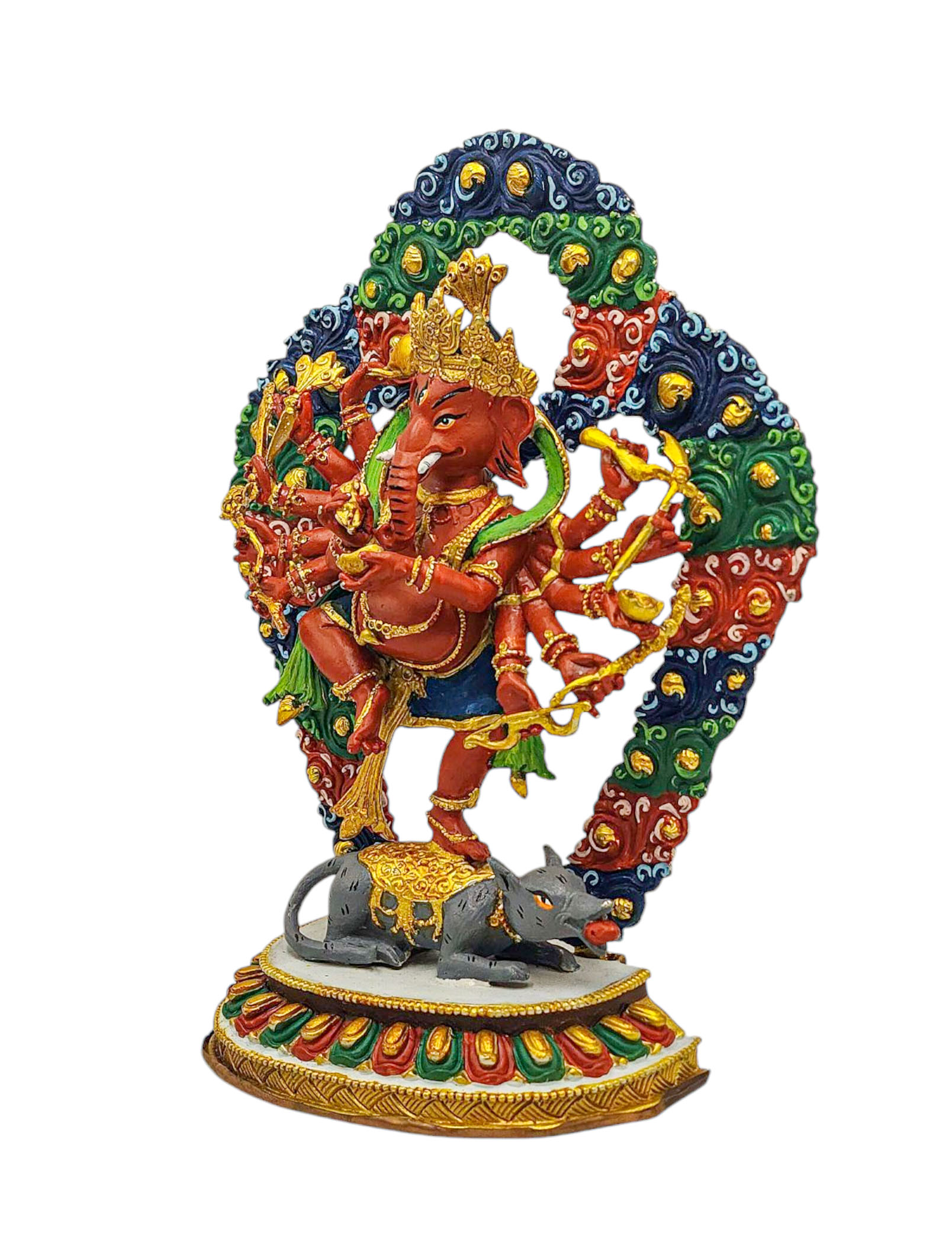 Ganesh,
Ganesh, 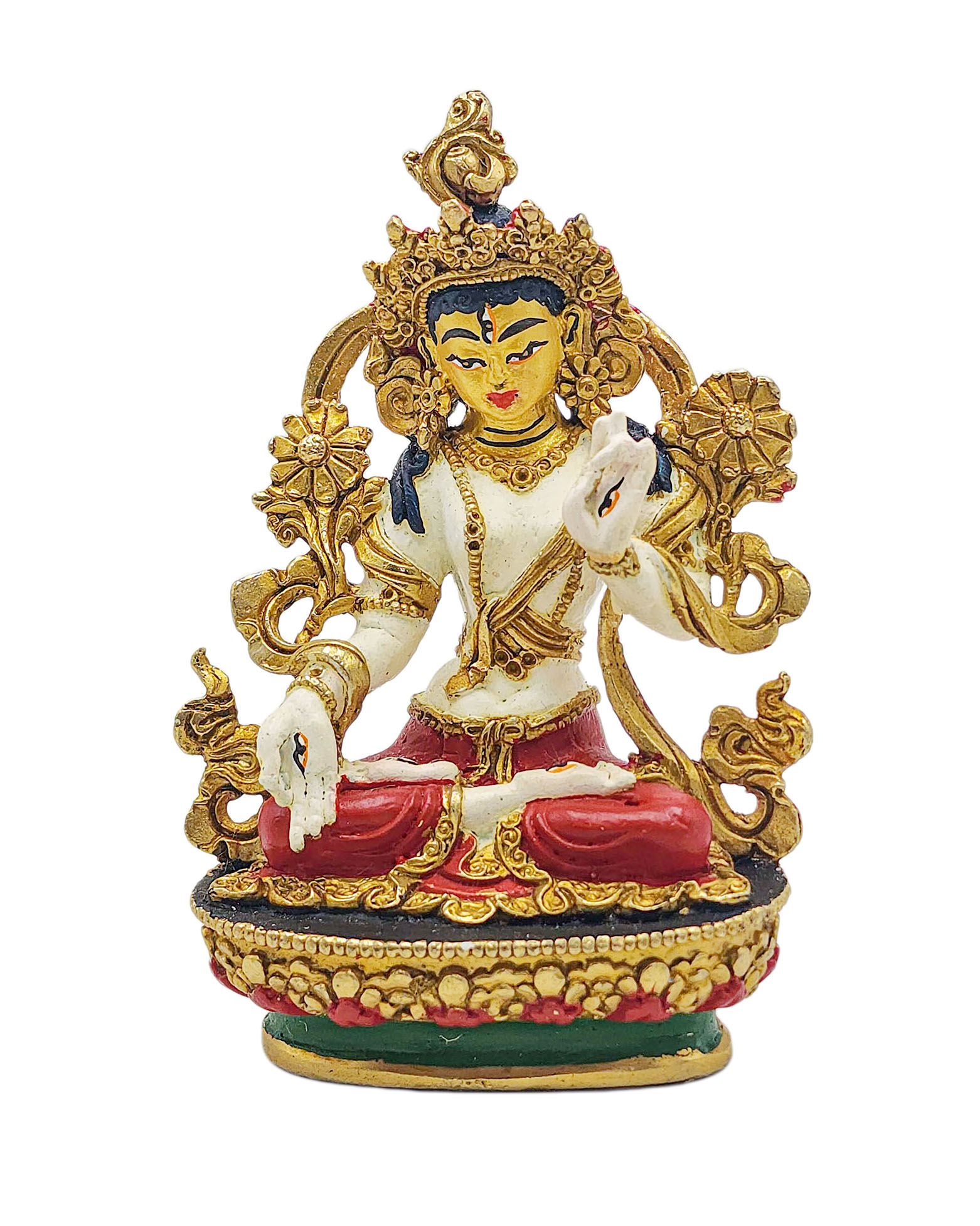 White Tara, Buddhist Miniature Statue,
White Tara, Buddhist Miniature Statue, 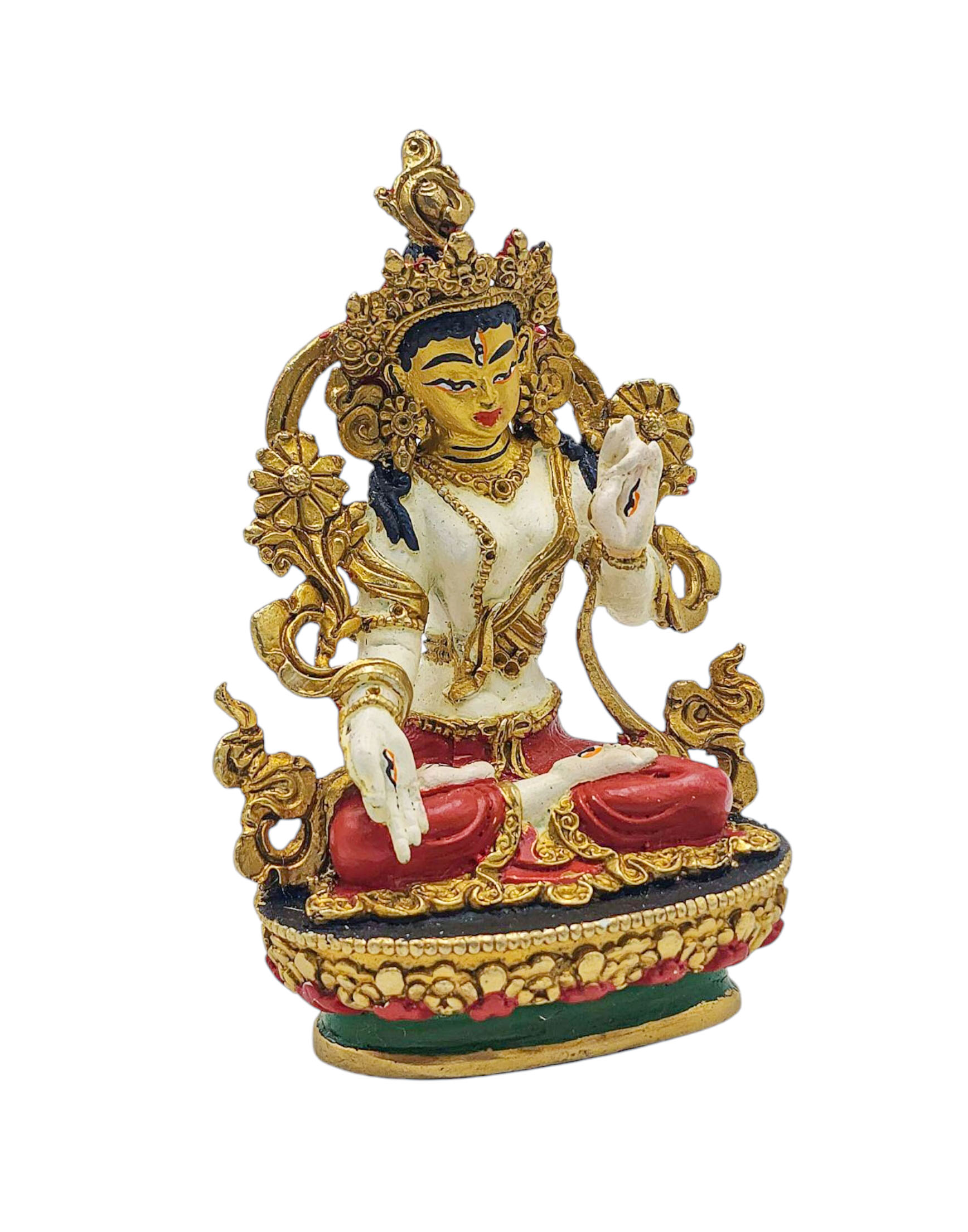 White Tara, Buddhist Miniature Statue,
White Tara, Buddhist Miniature Statue, 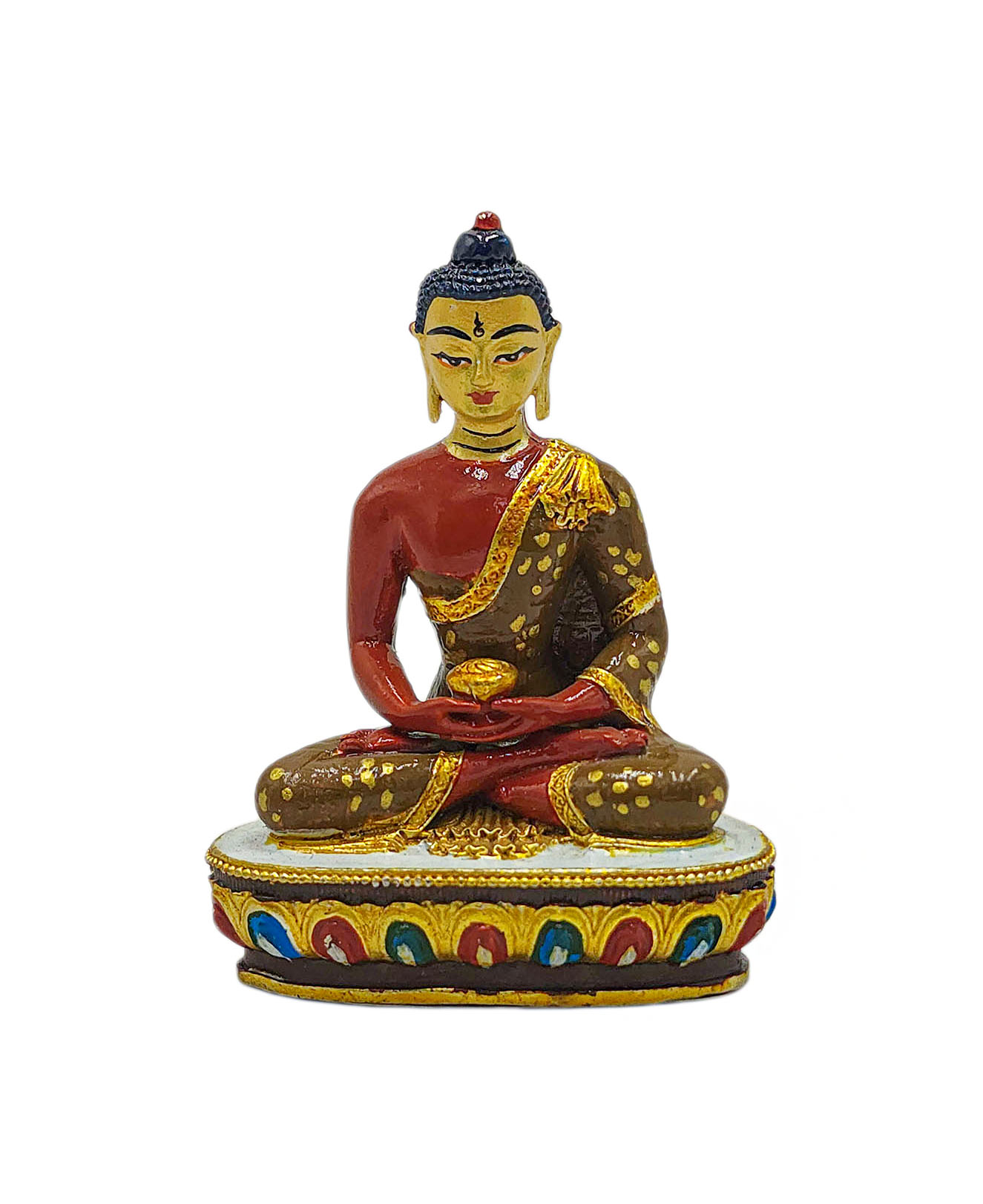 Amitabha Buddha, Buddhist Miniature Statue,
Amitabha Buddha, Buddhist Miniature Statue, 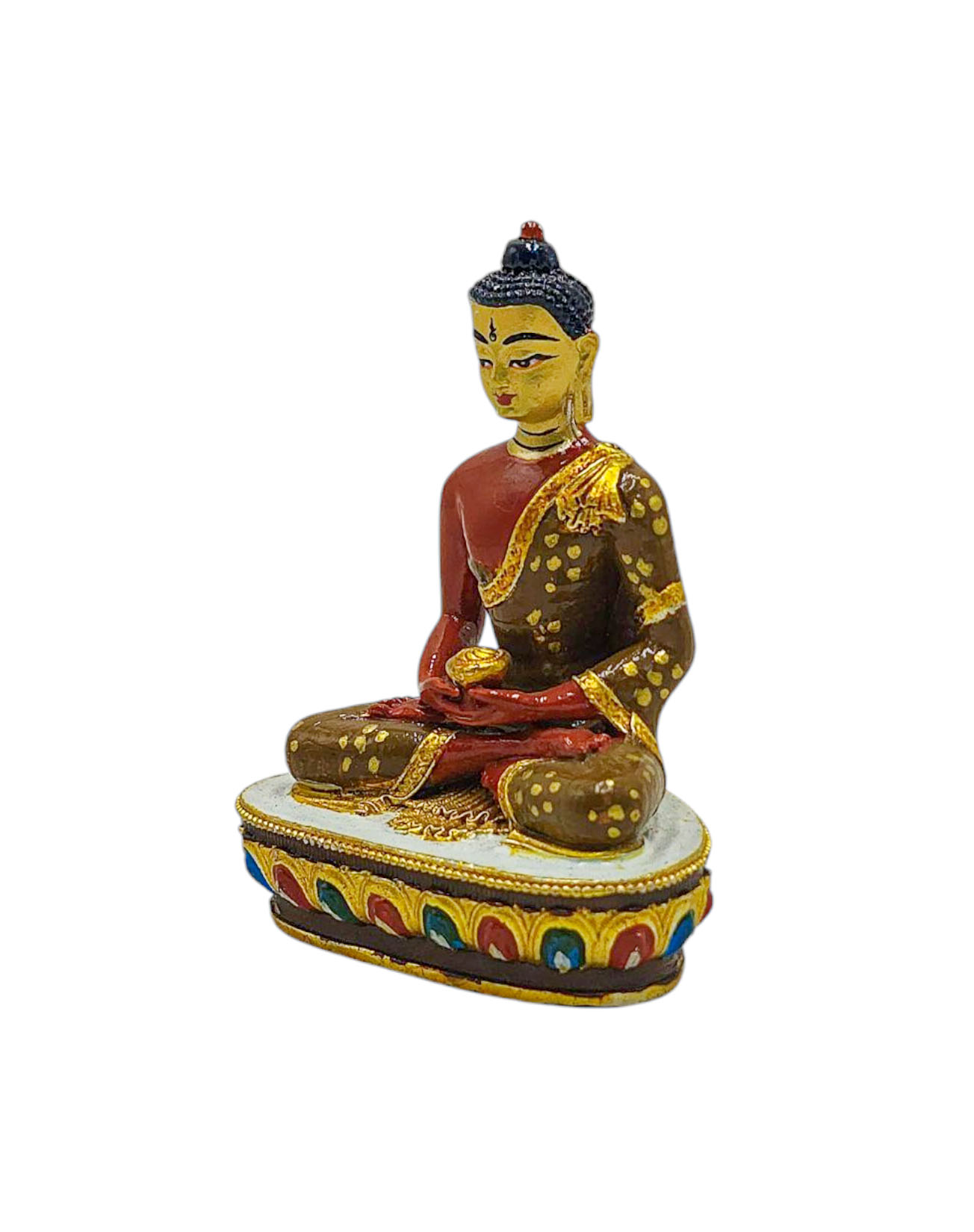 Amitabha Buddha, Buddhist Miniature Statue,
Amitabha Buddha, Buddhist Miniature Statue,  Mahakala Four Arms, Buddhist Miniature Statue,
Mahakala Four Arms, Buddhist Miniature Statue,  Mahakala Four Arms, Buddhist Miniature Statue,
Mahakala Four Arms, Buddhist Miniature Statue, 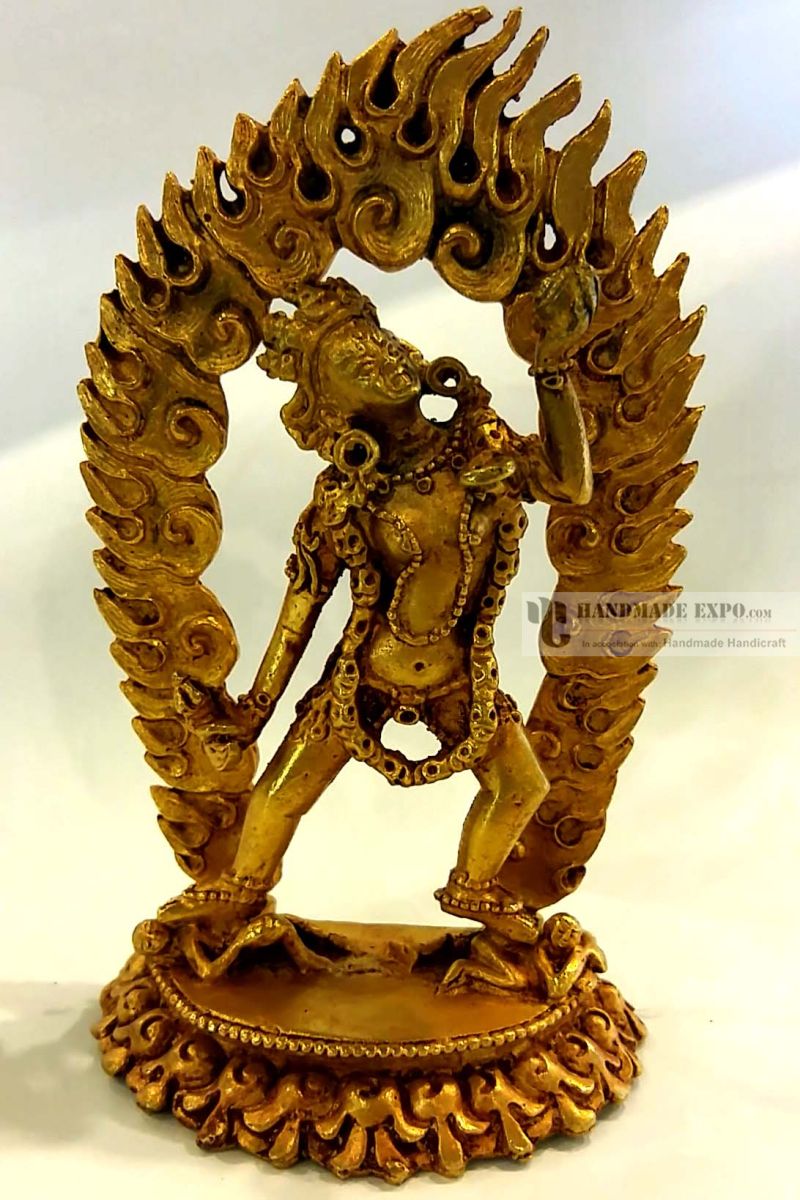
 Vajravarahi, Buddhist Miniature Statue,
Vajravarahi, Buddhist Miniature Statue, 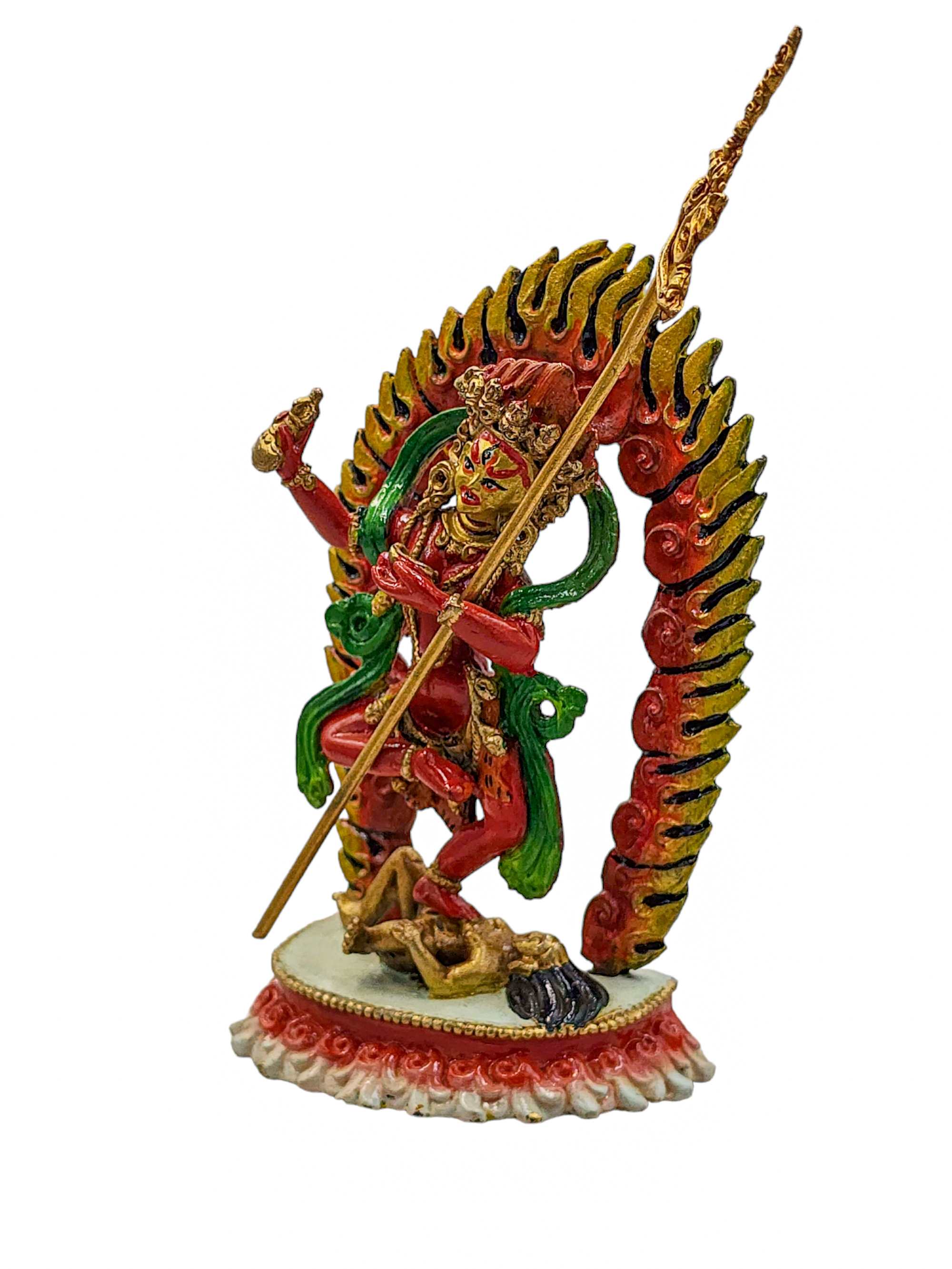 Vajravarahi, Buddhist Miniature Statue,
Vajravarahi, Buddhist Miniature Statue, 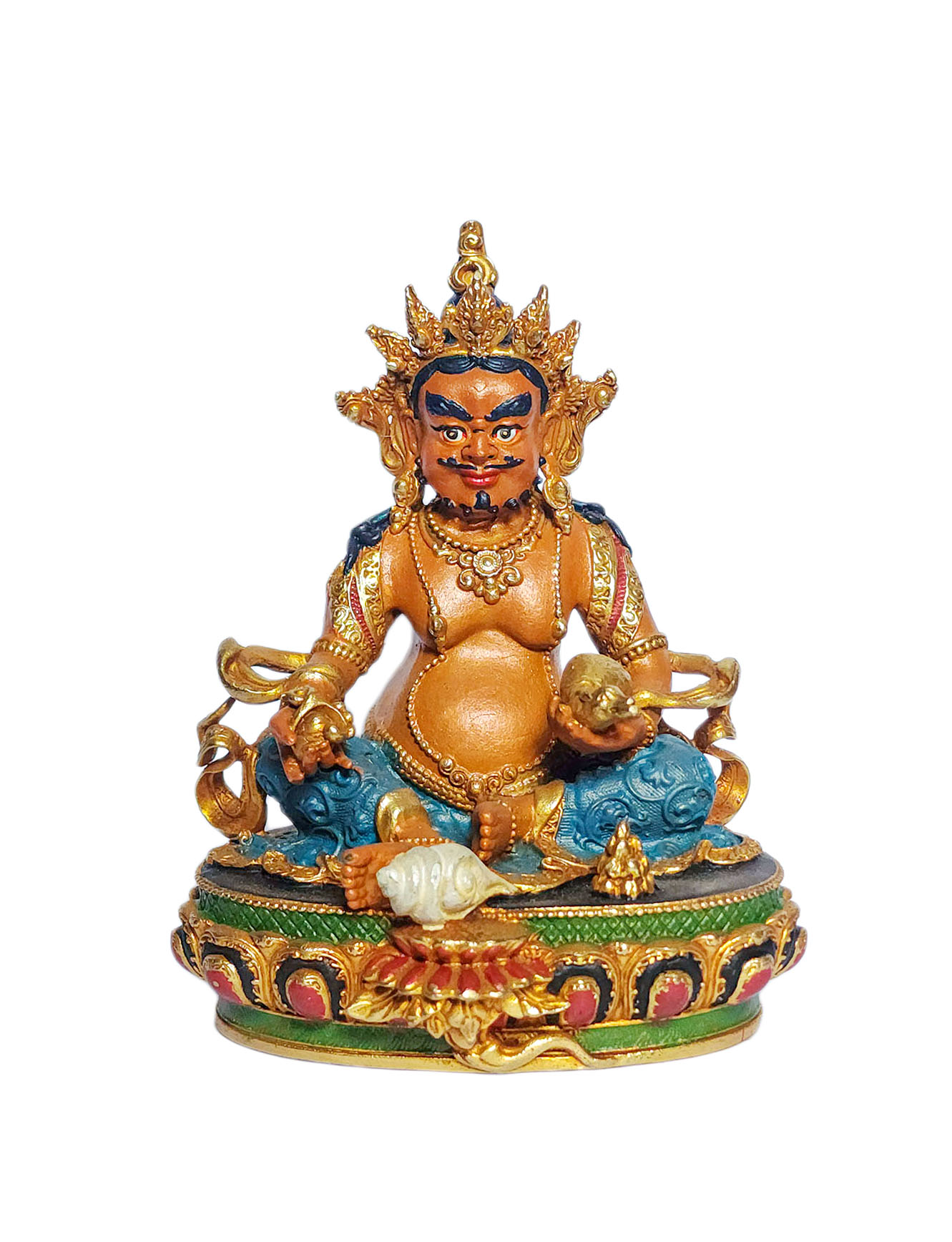 Yellow Jambhala, Buddhist Miniature Statue,
Yellow Jambhala, Buddhist Miniature Statue, 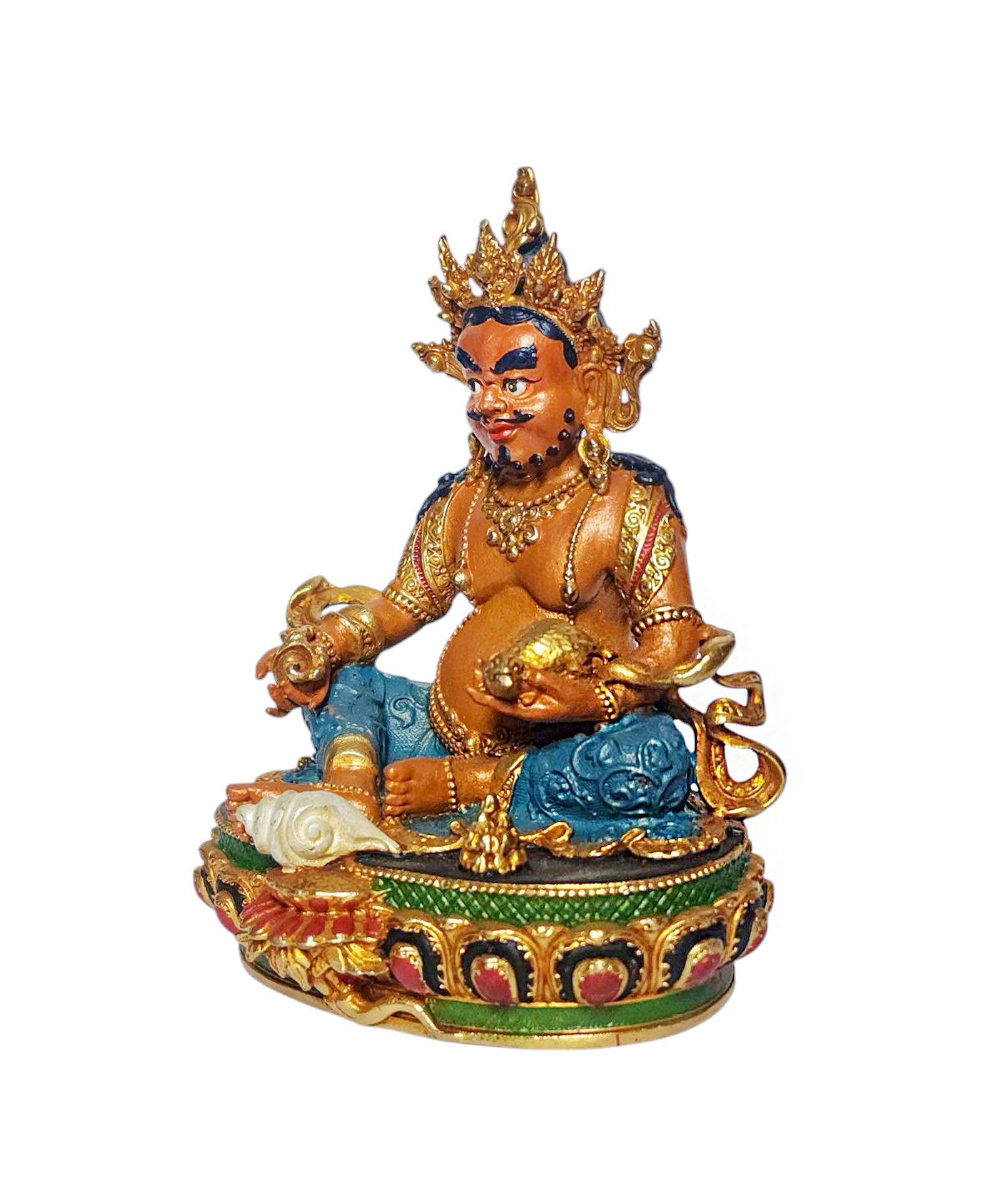 Yellow Jambhala, Buddhist Miniature Statue,
Yellow Jambhala, Buddhist Miniature Statue,  of Amitabha
of Amitabha  of Amitabha
of Amitabha  with Double Base, Buddhist Statue
with Double Base, Buddhist Statue  with Double Base, Buddhist Statue
with Double Base, Buddhist Statue 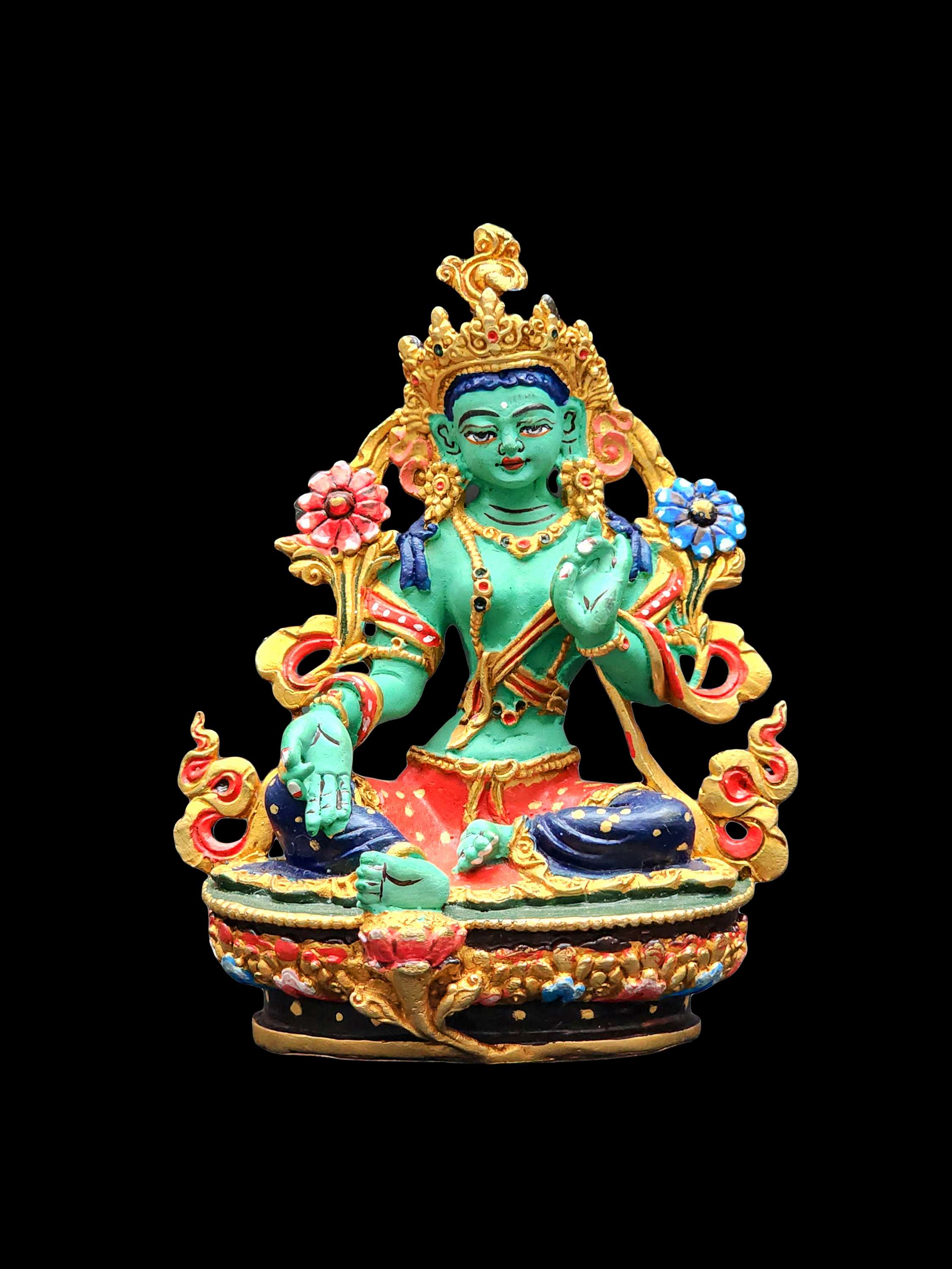 of Green Tara,
of Green Tara,  of Green Tara,
of Green Tara,